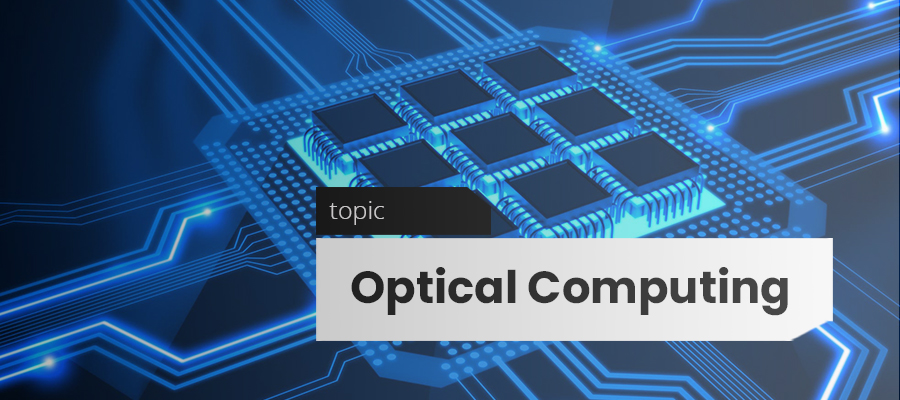Optical or photonic computing uses photons produced by lasers or diodes for computation. For decades, photons have promised to allow a higher bandwidth than the electrons used in conventional computers.
Most research projects focus on replacing current computer components with optical equivalents, resulting in an optical digital computer system processing binary data. This approach appears to offer the best short-term prospects for commercial optical computing, since optical components could be integrated into traditional computers to produce an optical-electronic hybrid. However, optoelectronic devices lose 30% of their energy converting electronic energy into photons and back; this conversion also slows the transmission of messages. All-optical computers eliminate the need for optical-electrical-optical (OEO) conversions, thus lessening the need for electrical power.
The fundamental building block of modern electronic computers is the transistor. To replace electronic components with optical ones, an equivalent optical transistor is required. This is achieved using materials with a non-linear refractive index. In particular, materials exist where the intensity of incoming light affects the intensity of the light transmitted through the material in a similar manner to the current response of a bipolar transistor. Such an optical transistor can be used to create optical logic gates, which in turn are assembled into the higher level components of the computer’s CPU. These will be nonlinear optical crystals used to manipulate light beams into controlling other light beams.
A significant challenge to optical computing is that computation is a nonlinear process in which multiple signals must interact. Light, which is an electromagnetic wave, can only interact with another electromagnetic wave in the presence of electrons in a material, and the strength of this interaction is much weaker for electromagnetic waves, such as light, than for the electronic signals in a conventional computer. This may result in the processing elements for an optical computer requiring more power and larger dimensions than those for a conventional electronic computer using transistors.
Resonators are especially useful in photonic logic, since they allow a build-up of energy from constructive interference, thus enhancing optical nonlinear effects.
Other approaches currently being investigated include photonic logic at a molecular level, using photo-luminescent chemicals. In a recent demonstration, Witlicki et al. performed logical operations using molecules and SERS.
The above is a brief about Optical Computing. Watch this space for more updates on the latest trends in Technology
